Fort Monroe Lofts
With the backdrop of Fort Monroe’s historic stone walls, our adaptive reuse apartment community offers a stimulating campus in a safe, park-like setting on one of North America's most significant landmarks. Now under construction, with leasing starting Spring 2026.
Four sites. One historic and sensational location.
A historic image of Fort Monroe, looking east into the Atlantic Ocean, shows the landmark site in Hampton Roads. Due to its historical and cultural significance, Fort Monroe was designated a National Historic Landmark in 1960, listed on the National Register of Historic Places in 1966, and recognized as the Fort Monroe National Monument through an executive order signed by President Barack Obama in 2011.
Charged with revitalizing the land surrounding a national landmark, the Fort Monroe Authority has called on developers with experience in adaptive reuse of historic buildings to propose projects on a series of sites at this Hampton Roads monument.
Unique, 360-degree views of the Chesapeake Bay and the historic star-shaped stone walls of Fort Monroe will serve as backdrops to a luxury apartment community planned for the site. The Fort Monroe community offers a unique safe, park-like setting on one of North America's most significant historic and coastal sites.
“It is the policy of the Commonwealth to protect the historic resources at Fort Monroe, provide public access to the Fort’s historic resources and recreational opportunities, exercise exemplary stewardship of the Fort’s natural resources, and maintain Fort Monroe in perpetuity as a place that is a desirable one in which to reside, do business, and visit, all in a way that is economically sustainable.”

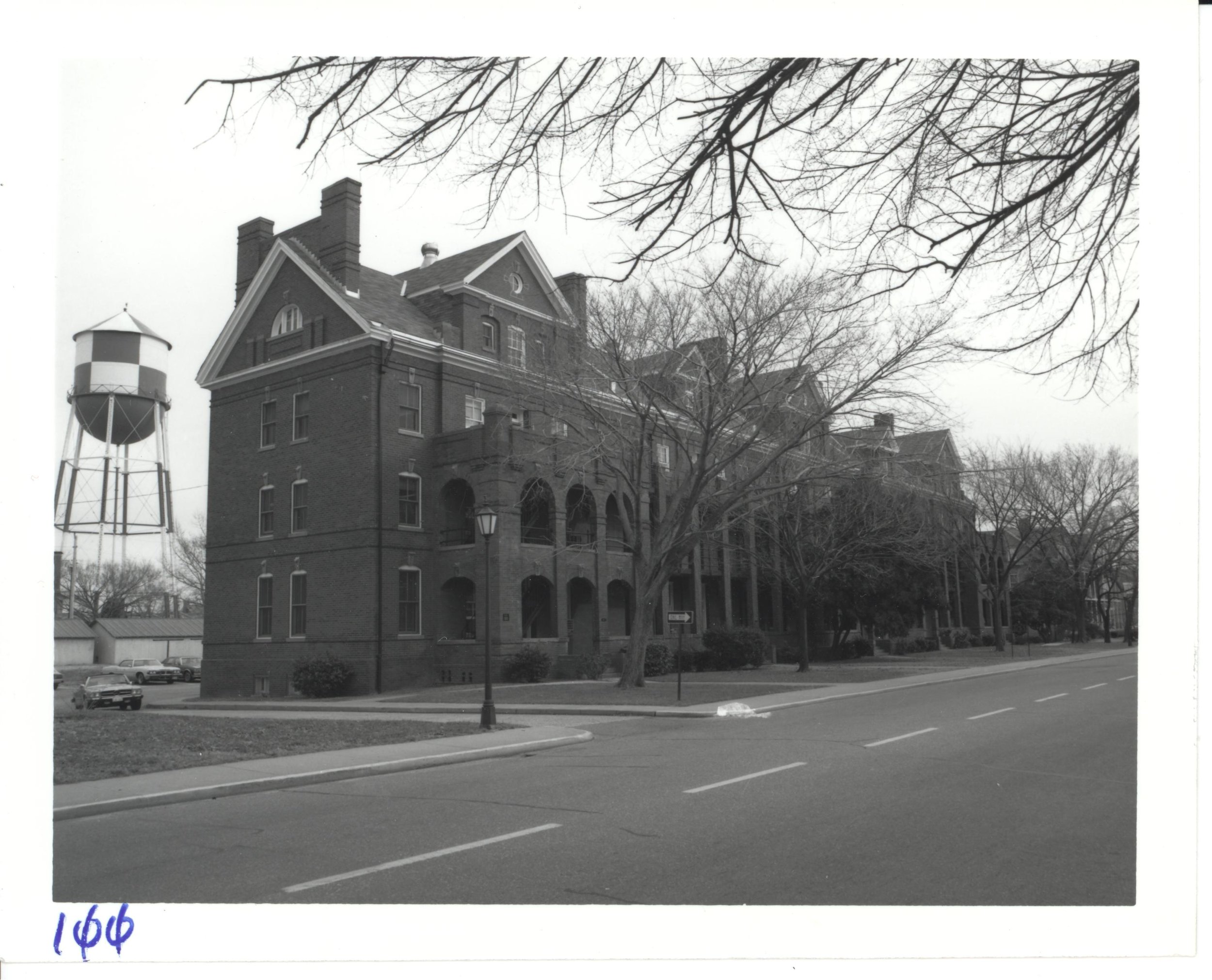

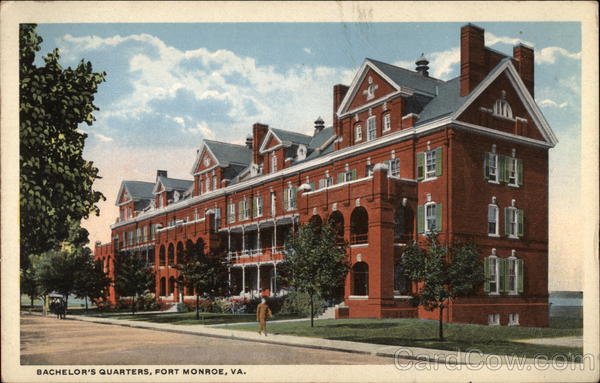




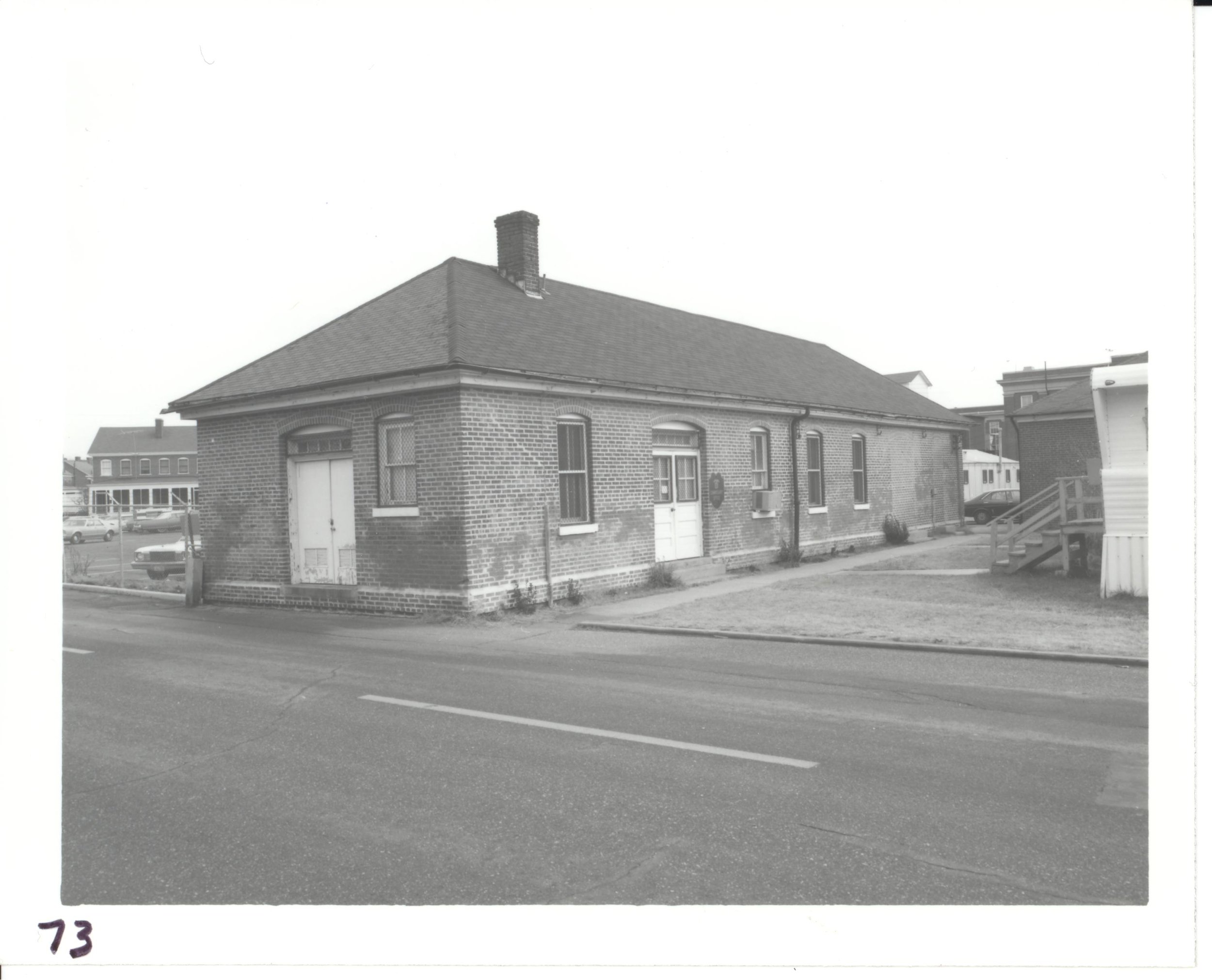
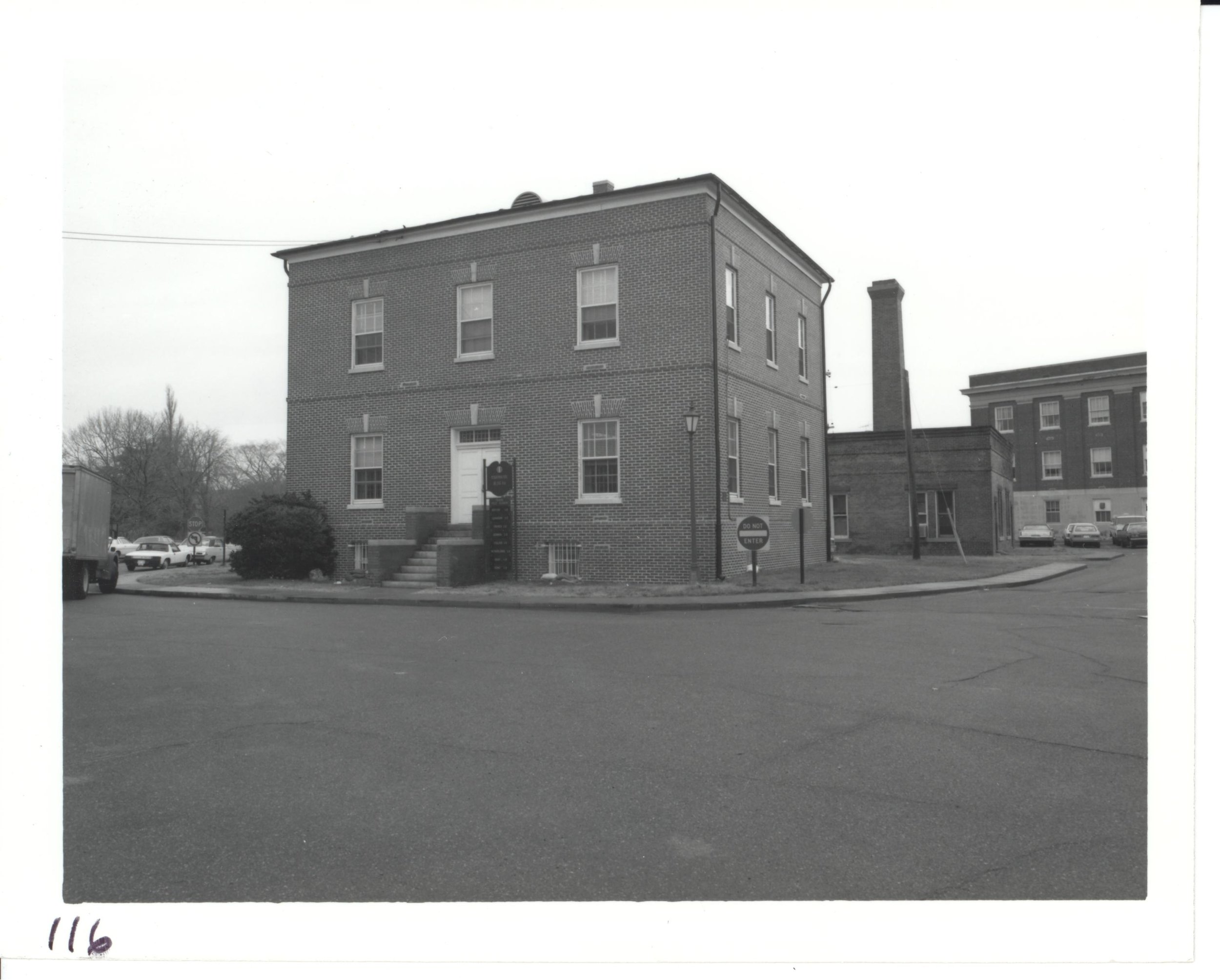



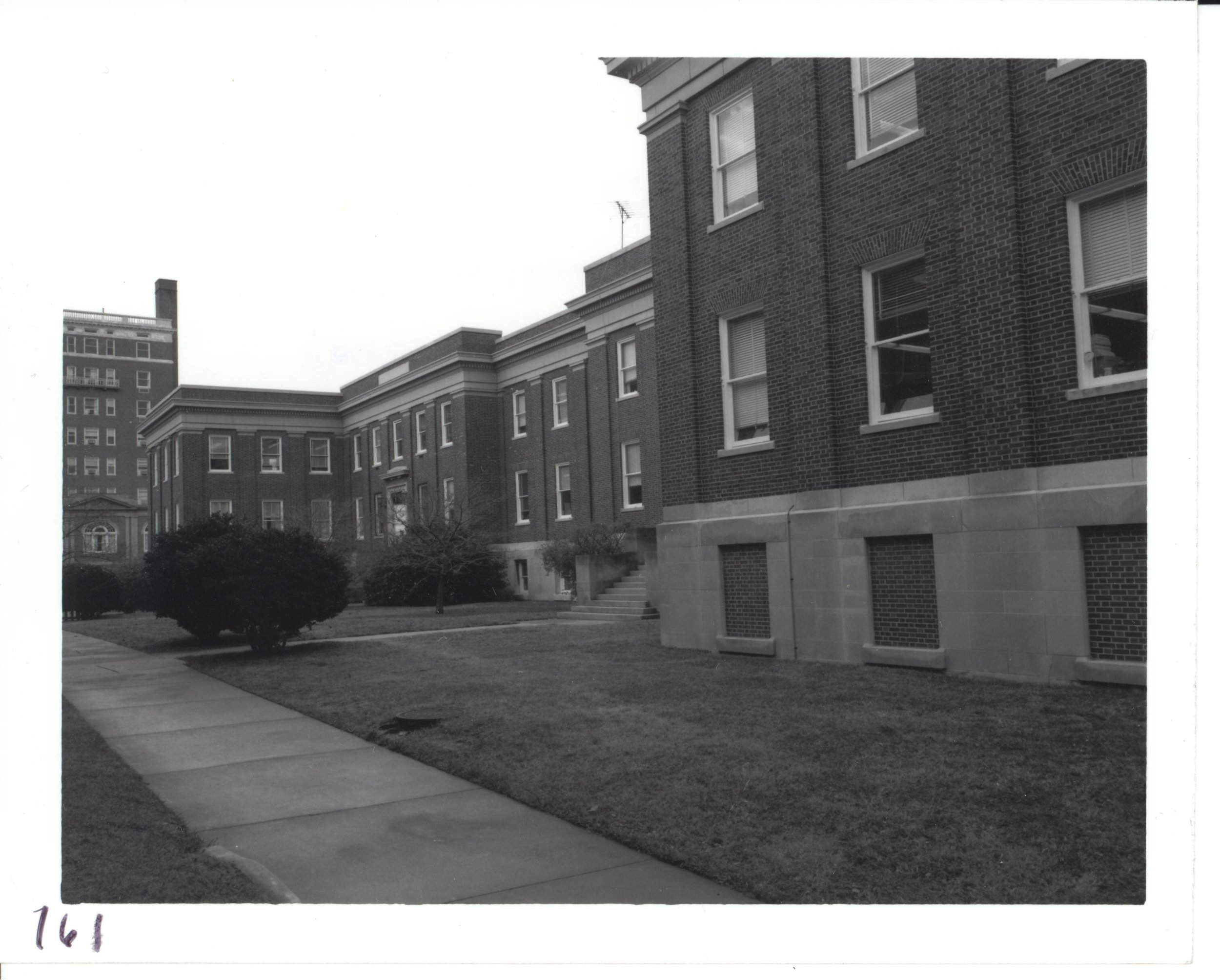


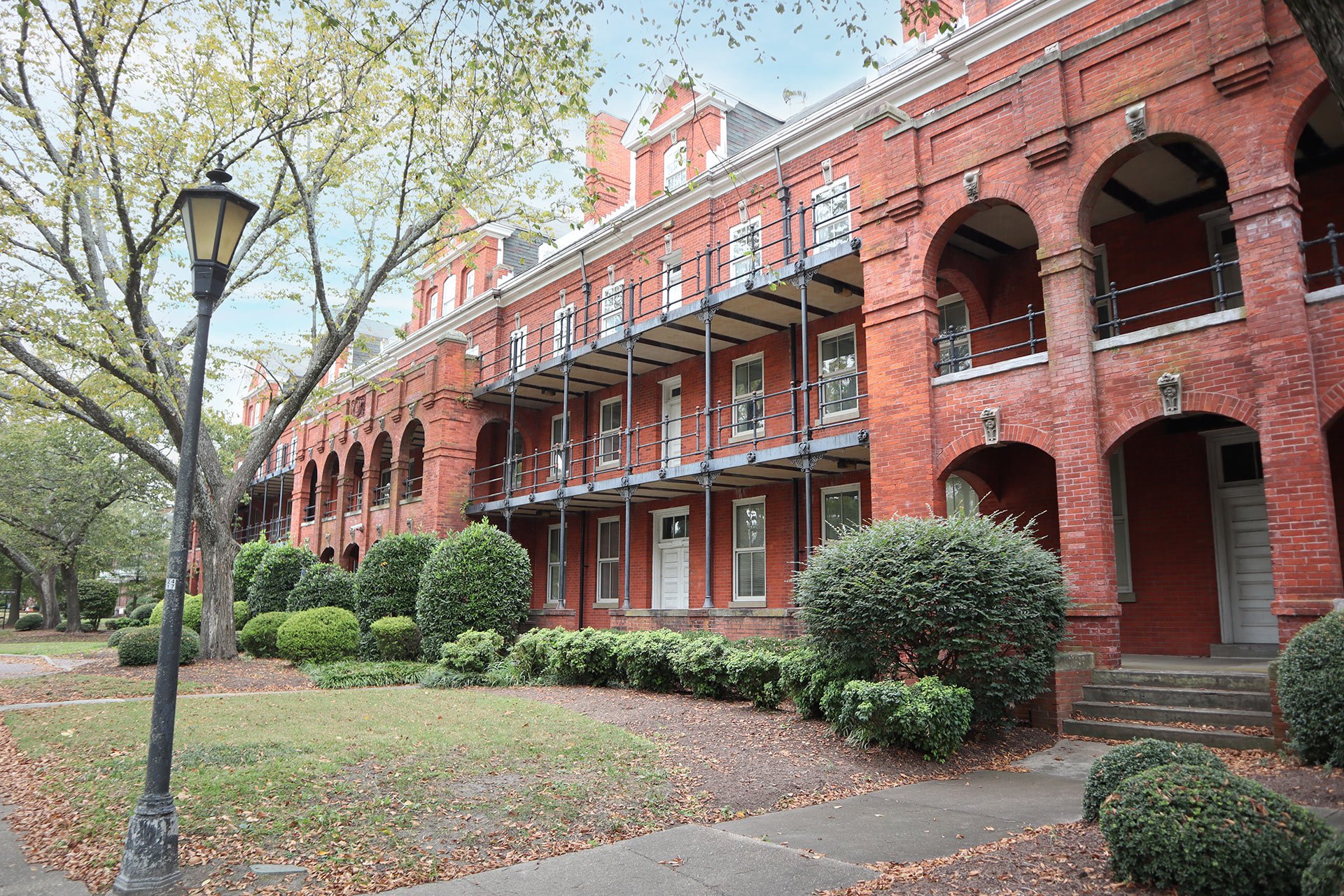
A waterside community of exceptional living.
Four redevelopment sites were selected based on vacant buildings and land areas that lend themselves to adaptive reuse opportunities. Our plans call for approximately 250 to 300 apartments across 14 buildings.
Site 2
A 1.7-acre site that includes Building 100, designed by architect Paul J. Pelz and constructed in 1906. The building originally contained apartments as a bachelor quarters, each with a parlor, bedroom, and bath. The building was converted to office space in 1964 and the interior was renovated in 1985, leaving the exterior architectural features as the primary remaining historic fabric. Our team will redevelop the structure into 38 new apartments.
Site 1
A 2.2-acre site containing two buildings totaling 41,900 square feet. Building 87, also known as Randolph Hall, was built in 1932. The site will be converted into 40 new apartments.
Site 3
Includes three buildings totaling about 85,000 square feet. Building 27 and Building 27A form the Old Arsenal, which manufactured seacoast gun carriages.
Site 4
The largest redevelopment site at 4.2 acres and more than 146,000 square feet, the six-building complex is commonly referred to as the U.S. Army Training and Doctrine Command (TRADOC). The site is located directly across the street from a $50 million marina redevelopment, known as 37 North at Fort Monroe.
Reimagining the Future of Fort Monroe
Learn more about the strategic objectives of the Fort Monroe Authority’s adaptive reuse plans, and dive into the history of the four redevelopment areas on the site.




